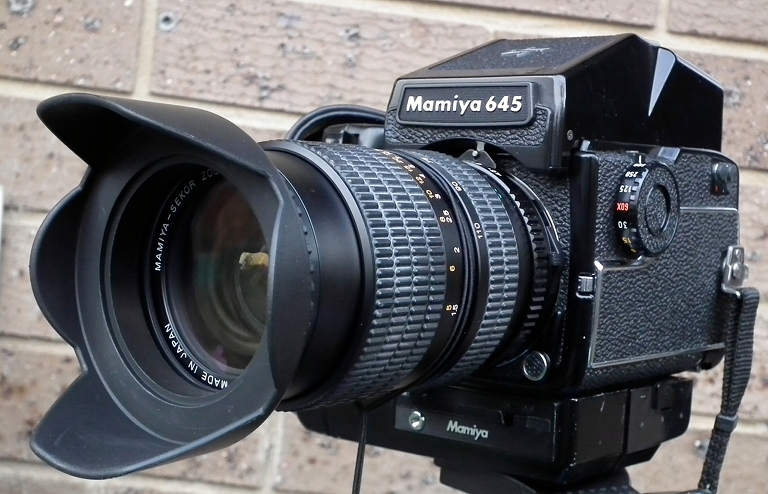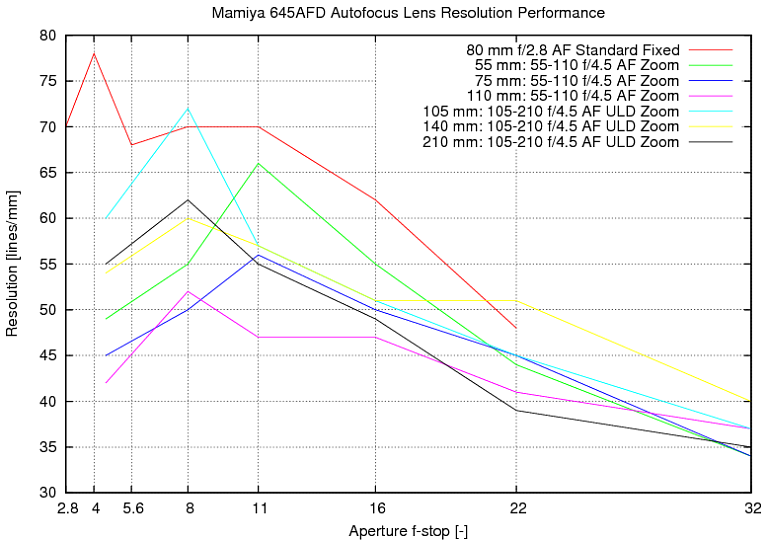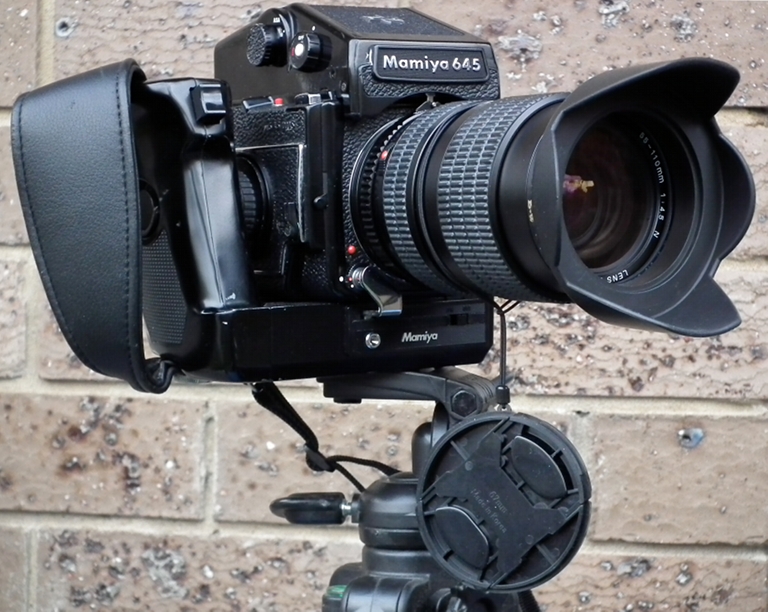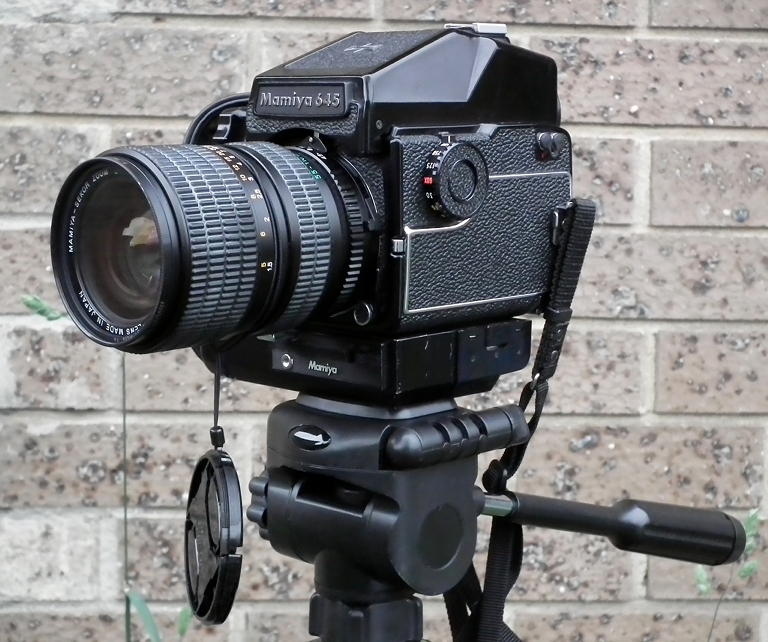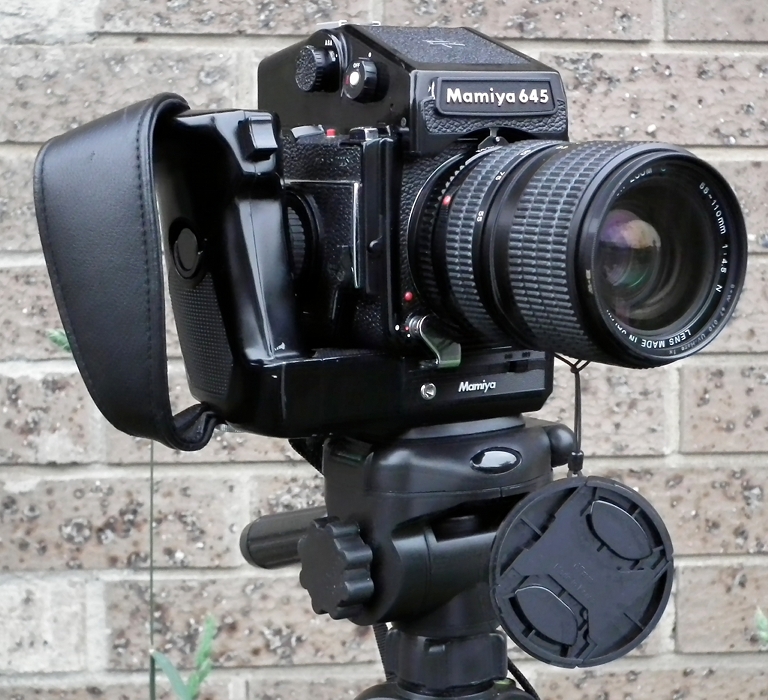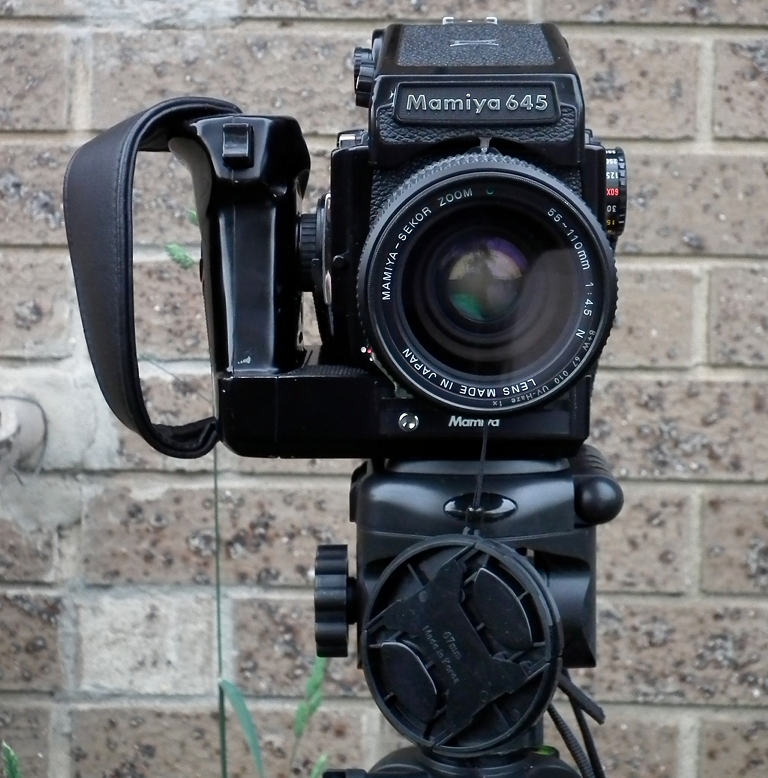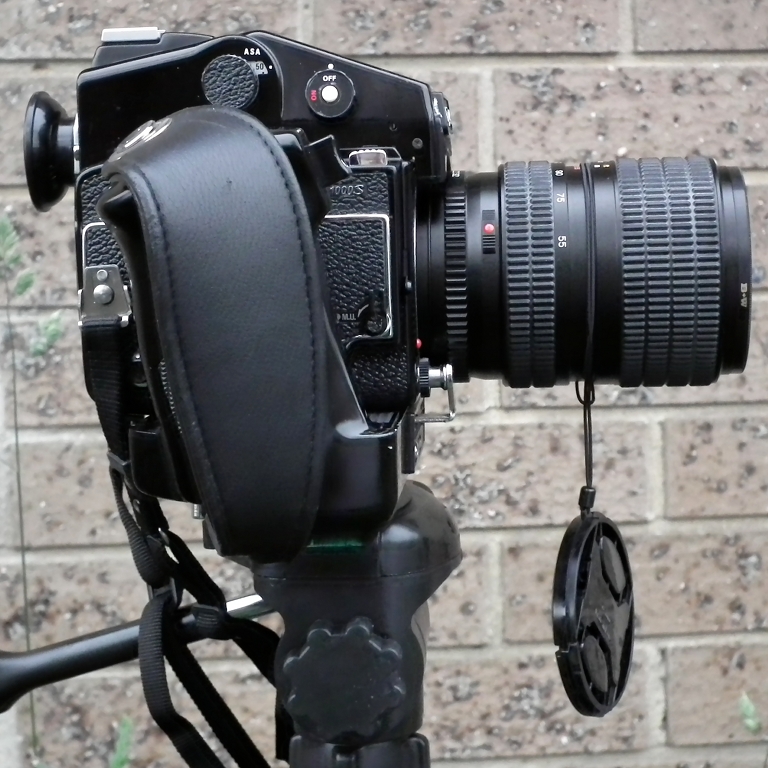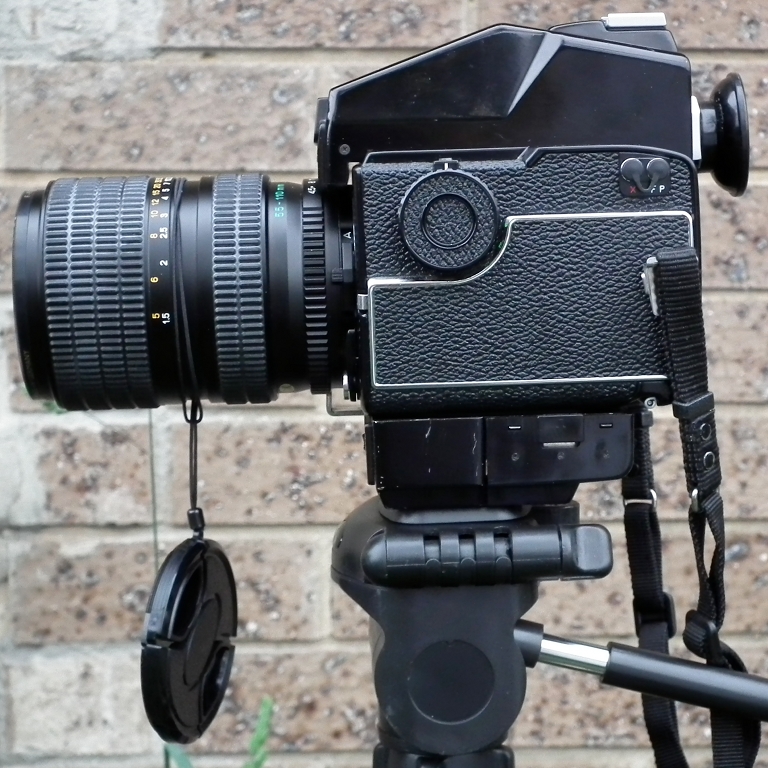|
The Mamiya
M645/1000S
was
the
last
and best variant
of
the
long manufactured basic manual focus M645
SLR series, widely regarded to have been a workhorse in the industry.
While
this design is often described, in jest, as the “poor man's Hasselblad”,
it
is
quite
different
in
many
key
respects
from
the
classic
Hasselblad
V
series. The most fundamental of these is that the
M645
uses the 6 x 4.5 cm format, rather than 6 x 6 cm format of the “Hassie”, the second is that the M645/1000S
uses
120/220 format film inserts rather than the more flexible removable
film back - a feature introduced on the later 1985 M645
Super series. On the
other hand, the film crank, shutter control, and shutter speed dial
controls are similar in position and style, just as the basic
modular design and layout are. More recent Mamiyas, like the
645AF/AFD/AFDII/III series, are superb cameras and occupy a similar
niche to the “Hassies”.
Critics often complain about the weight of the M645, the depicted
configuration weighs in at 3.2 kg requiring a very robust tripod or
well developed biceps. Other annoyances include worn film inserts which
slip gears, and the unavailability of digital backs for this series.
These in my opinion are outweighed by the availability of a wide range
of Mamiya original lenses of very high quality, and the
affordability
of used equipment compared to Hasselblads and other mid to top
end
medium format equipment.
I procured an example in late 1984 from a Tokyo discounter in Shinjuku,
for
less than US$1,000, with the 80 mm f2.8 lens, 210 mm f4.0 telephoto
lens, basic prism viewfinder, and motor drive. Since then I have
acquired numerous other components, preloved, including some
excellent lenses,
mostly from very good US suppliers of used equipment.
This camera has been used since 1984
mostly to support my military
analysis work, but has also been used on
some computer industry projects, such as producing documentation and
brochures for some of the computer products I
designed. The lenses are always very sharp, and the ULD series lens
design I have used is devoid of visually discernable chromatic
aberration.
I have used a wide range of film types since 1984, but the best results
have been produced with more recent media, such as Fuji Velvia 50,
Fuji
Pro 160C and Kodak Ektar Pro 100. Comparative film
performance is discussed under Some
Observations on Digital vs Wet Film Photography.
Download
Mamiya
M645/1000S
Instruction
Manual
[PDF]
Photos
and
text
¿ 1997 - 2010
Carlo
Kopp;
Photographs
produced
using
a Fuji
HS10 10.3 MP. Background image produced using M645/1000S
with 80 mm
f2.8 and CdS Prism Finder.
|
|






















